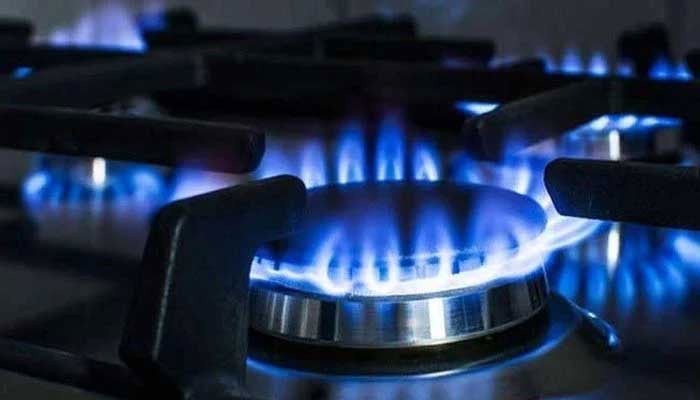Ministry of Power seeks Rs400bn subsidies to meet IMF condition
Out of Rs1,229bn in subsidies allotted for current fiscal year, finance ministry has released Rs82bn thus far

- Power ministry writes letter to finance ministry in this regard.
- FY25 budget includes Rs1,229 billion in power subsidies.
- IMF prescribes institutionalising anti-theft procedures.
ISLAMABAD: To prevent slippages due to the escalation of the circular debt agreed with the International Monetary Fund (IMF), the Ministry of Power has issued an SOS (Save Our Soul) requesting the release of subsidies up to Rs400 billion by the December end, The News reported.
Out of the Rs1,229 billion in subsidies allotted for the current fiscal year, the Ministry of Finance has only released Rs82 billion thus far. An additional Rs318 billion must be released promptly to meet an indicative objective set under the IMF’s $7 billion Extended Fund Facility (EFF) programme.
If the allocated subsidy amount is not released till December 31, it might result in violating the indicative target agreed with the IMF for amassing the circular debt
In an official letter to the Ministry of Finance, the Ministry of Power requested that the Rs400 billion subsidy be released within the allotted time limit.
Under the Circular Debt Management Plan (CDMP), the government envisaged multi-pronged strategy, including cost recovery, provision of subsidy allocation of Rs1,229 billion for whole financial year 2024-25, and privatising and striking concessional agreements with selected power distribution companies in the first phase. The tariff determination agreed with the IMF could not be implemented with effect from July 2024, so it hiked the cost of subsidy to the tune of Rs125 billion.
The FY25 budget includes Rs1,229 billion (1.0% of GDP) in power subsidies to address liquidity needs. This, along with tariff adjustments and cost-side reforms, would broadly stabilise the circular debt stock.
The subsidy would cover (i) the projected tariff differential (Rs663 billion) (ii) arrears payments of Fata and K-Electric (Rs174 billion) (iii) agricultural tube-wells (Rs0 billion) and (iv) circular debt stock payments to compensate for the projected circular debt flow via Power Holding Company (PHPL) principal payments (Rs24 billion) and arrears payments to power producers (Rs358 billion).
The use of any resources allocated in the FY25 budget would be decided upon during the fiscal year, with the potential to retire up to an additional Rs35 billion in circular debt stock or return these resources back to the treasury.
In parallel, the government, with the support of the World Bank, is continuing its efforts to reform tube-well subsidies, which primarily benefit large agricultural users, and have not budgeted tube-well subsidies for three provinces for FY25. Over the medium term, the government is committed with the IMF that it would eliminate cross-subsidies to households, and replace it with directly-targeted cash transfers for vulnerable households to be provided via BISP.
According to the IMF’s prescription, key reforms to reduce costs and circular debt focus on improving distribution efficiencies, most notably by accelerating steps to improve distribution company management via private sector participation and its part of structural benchmark till end-January 2025; institutionalising anti-theft procedures to reduce losses; improving the policy and regulatory framework of the transmission system which has been a key bottleneck; privatising inefficient generation companies; improving power plant efficiencies; completing the transition to a competitive electricity market; and reducing capacity payments by renegotiating power purchase arrangements (which account for around 60 % of generation costs).






